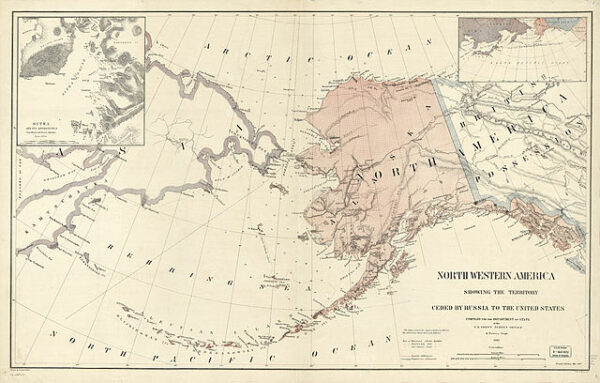On November 17, 1993, the House of Representatives passed one of the most monumental trade agreements in history. The North American Free Trade Agreement (NAFTA), implemented in 1994 among the United States, Canada, and Mexico, aimed to foster economic cooperation by reducing trade barriers and promoting cross-border investment. Its impact has been multifaceted, with both positive and negative consequences.
On the positive side, NAFTA significantly boosted trade among the member countries. It facilitated easier movement of goods and services, creating a more integrated North American market. Industries such as automotive, agriculture, and manufacturing experienced increased efficiency and growth due to reduced tariffs and streamlined regulations. Companies were able to tap into larger consumer bases, leading to expanded markets and increased competitiveness globally. Moreover, NAFTA fostered a closer relationship between the signatory nations, promoting diplomatic ties and cooperation beyond economic realms.
However, NAFTA’s impact wasn’t uniformly positive. Critics argue that it led to job displacement and wage stagnation, particularly in certain sectors like manufacturing. Some U.S. industries struggled to compete with cheaper imports from Mexico, leading to the relocation of factories and the loss of jobs in the United States. Agricultural communities also faced challenges due to increased competition, impacting small farmers and laborers. Additionally, environmental concerns emerged as regulations were perceived to be inadequate, potentially leading to lower environmental standards in some regions as industries sought to cut costs.
Despite its criticisms, NAFTA laid the groundwork for a new phase of economic cooperation and set a precedent for future trade agreements. It served as a model for understanding the complexities of global trade and the necessity of balancing economic growth with social and environmental considerations. Over time, its impact has been a subject of debate, highlighting the need for comprehensive policies that address the diverse challenges and opportunities inherent in international trade agreements.
Efforts to renegotiate NAFTA culminated in the United States-Mexico-Canada Agreement (USMCA), which came into effect in 2020. The USMCA addressed some of the criticisms leveled at NAFTA, incorporating provisions on labor rights, environmental protection, and intellectual property. While some challenges persist, the USMCA represents an evolution of the trade relationship, aiming to create a more balanced and fair trade environment for all three nations. In summary, NAFTA had both positive and negative impacts, shaping the economic landscape of North America and influencing subsequent trade agreements.






